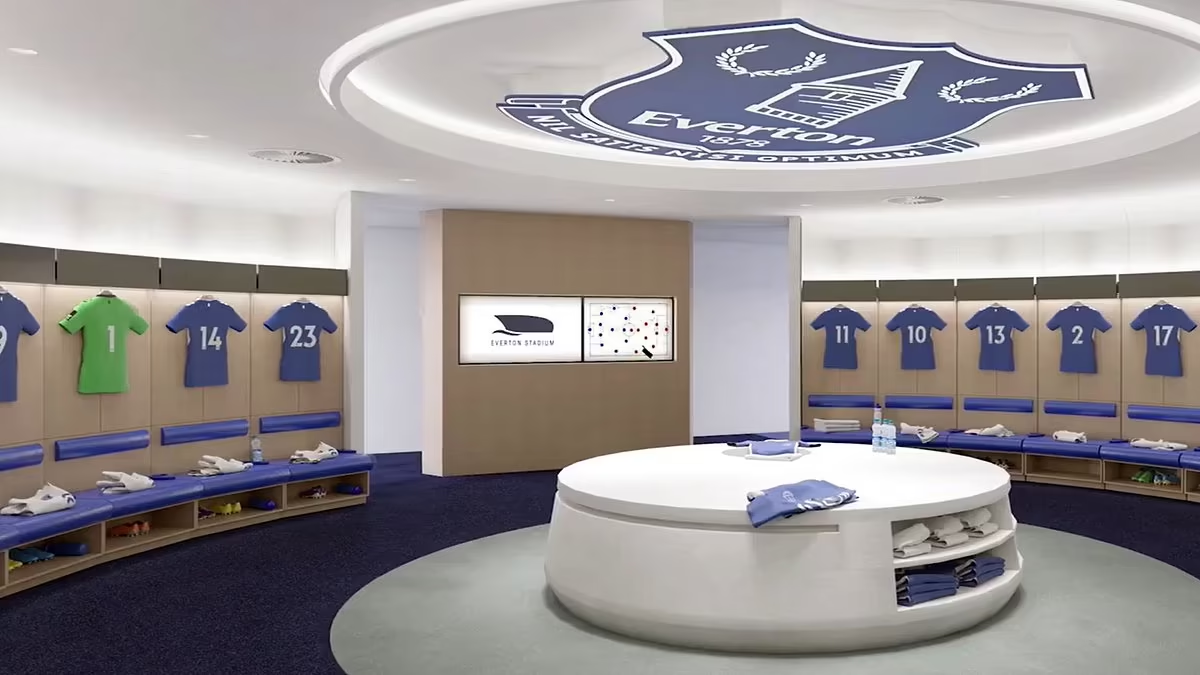
Mark Clattenburg has left controversial Forest role after Everton embarrassment

Mark Clattenburg has stood down from his role as a referee analyst at Nottingham Forest, admitting he had become “more of a hindrance than a help” to the club.
Clattenburg has been at the centre of two major controversies involving the club since he took on the advisory role in February, first speaking out over a drop ball incident in a match against Liverpool and then criticising the officiating in Forest’s game against Everton on April 21.
The former Premier League official issued a statement via the club’s official website, saying that providing services to the east midlands side had caused “unintended friction” with other clubs and that he had become “more of a hindrance than a help” to Forest.
Last month the Football Association asked Daily Mail columnist Clattenburg for his observations on the comments he made about the officials in the 2-0 defeat to Everton last month. Intensity has been Liverpool’s identity for almost a decade. The relentlessness of the Reds’ work off the ball has paid huge dividends, as well as accurately reflecting the city and fanbase the team represents.
Slot cites Klopp as one of his influences, and you can see it in his team’s approach out of possession.
According to Opta data, Feyenoord have become more aggressive and more effective out of possession year-on-year since Slot took over in 2021.
But it’s not just running for running’s sake. Feyenoord are superbly well-drilled, with each player clear on their job and their triggers. It allows them to be bold in their approach.
Here’s an example from a game against PSV Eindhoven, their Eredivisie title rivals.
As soon as the defender receives the ball from his ‘keeper, Feyenoord’s winger Yankuba Minteh is on him. But as he does so, his colleagues in midfield are locked onto the PSV midfielders in a player-for-player press.
With no free man to pass to, the defender is caught in possession, setting up an easy finish for Minteh.
We can clearly see the preparation for this goal on the training pitch.
But it’s also a reward for risk. Matching up player-for-player means that if one person loses a one-on-one, the whole shape is vulnerable.
At its best, Klopp’s Liverpool team controlled games by dominating without the ball. Teams were unable to create chances, and were vulnerable to quick breaks in return.
Slot’s Feyenoord, as we know, are similarly front-footed against the ball. But in order to win titles – as Feyenoord did in 2022/23 – teams must also have control with the ball.
Feyenoord have a superb structure, but the players are also constantly interchanging, making dynamic runs to receive and play short passes.
Where Liverpool are likely to play forwards quickly and then squeeze up with the counter-press, Slot prefers a more patient buildup. The intention with his teams is to have an overload in every phase when playing out from the back.
They begin with the two centre-backs splitting, and the right-back inverting to form a double pivot with the No. 6.
The left-back is slightly higher up the pitch and can either invert to overload the midfield or push up to rotate with the left winger.
Either way, as play progresses, a third player drops into the midfield to show for the ball. In the attacking third, the wingers stay high and wide and the advanced midfielders push up to create a 2-3-5 shape.
This ensures that every zone in the last line is covered, and there’s a three in midfield to stay compact and counter press if needed.
Even better, using the full-backs in these deeper central areas mean they have less ground to cover when tracking back to defend counter-attacks.
It gives them more control over the game – something Klopp’s best Liverpool teams had, and the current setup struggles with.



Be the first to comment